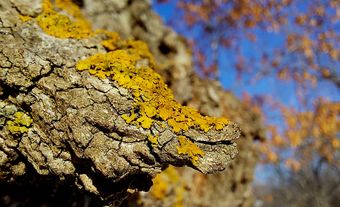Cattail is the common name for herbaceous, perennial plants (genus Typha) of the cattail family (Typhaceae) which grow in marshes and waterways. The name derives from their cylindrical, brown fruiting spikes. At least eight species exist worldwide, two of which exist in Canada (narrow-leaved cattail, T. angustifolia, and common cattail, T. latifolia).

Description
Cattails are characterized by clusters of stiff, ribbonlike leaves, and can grow up to 3 m (or more) tall. They grow from a thick, horizontal rootstock along shorelines, waterways and wetlands.
These plants are also called bulrushes, a name which sometimes also refers to plants of the genus Scirpus of the sedge family.
Biological Importance
The rootstock is a rich source of starch. The succulent, young shoots and green flower spikes are also edible, and the pollen and oil-rich seeds have livestock feed potential. The leaves are tough and pithy and were used by Indigenous peoples to make mats, bags, baskets and clothing. Cattail stems and leaves are suitable for making paper and cloth. Formerly, the cotton fluff attached to the fruits was used to stuff bedding.
Cattails also provide food and shelter for wildlife and can help support and stabilize shorelines.
See also Traditional Plants and Indigenous Peoples in Canada.

 Share on Facebook
Share on Facebook Share on X
Share on X Share by Email
Share by Email Share on Google Classroom
Share on Google Classroom




